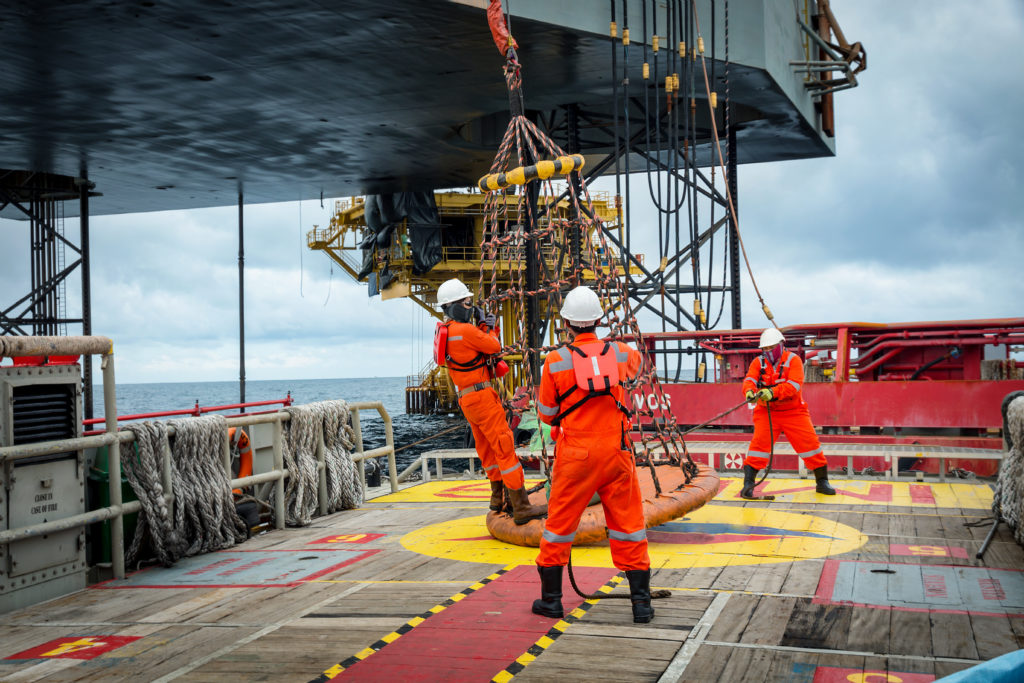
Who is responsible when a vessel’s crew members are injured or lost because of faulty or missing safety equipment or inadequate safety training?
Often, multiple factors contribute to crew members’ injuries in a maritime disaster. Employer negligence, fellow crew member negligence, and defective equipment are all elements that can cause injuries or magnify the impact of natural, unavoidable forces. In most cases, multiple parties will have overlapping liability under the law for their acts (or omissions) that contributed to the employee’s injuries.
Maritime workers often pursue claims against their employers under federal law to recover for their injuries. It may also be possible to bring actions against the manufacturer of a vessel or its equipment for defective product and product liability claims under general maritime law.
Claims Against Employers for Injured Maritime Workers
The Jones Act is a federal statute that protects seamen who serve on a vessel’s crew. It allows U.S. seamen injured on the job to bring actions against ship owners or maritime employers based on claims of negligence or unseaworthiness. Despite the term “seamen,” the Act isn’t limited to harm caused at sea:
The Jones Act applies to inland river workers as well as offshore workers who work on crew boats, barges, lay barge, jack-up rigs, semi-submersibles, drill ships, tug/towboats, dredges, floating cranes, tankers, cargo ships, fishing vessels, chemical ships, research vessels, construction barges, motorized platforms, diving vessels, cruise ships, recreational boats, and other floating/movable structures.
Plaintiffs may recover for past and future economic loss, pain and suffering, mental anguish, disfigurement, loss of capacity to enjoy life, loss of the ability to perform household services and care for themselves, and other damages recoverable under general maritime law.
Like workers’ compensation, claims under the Jones Act compensate maritime workers for work-related injuries or death. Unlike workers’ compensation, however, the law requires a seaman to prove their injuries were caused by negligence or fault by the vessel’s owners, operators, officers, or fellow workers, or from a defect in the vessel, its gear, tackle, or equipment.
To support a negligence claim, the injured person must prove another party did something unreasonable that caused injury or failed to perform a reasonable act that would have prevented injury. The worker can also raise claims under the Jones Act against a vessel’s owner that a dangerous condition existed on the vessel that made it unseaworthy.
In cases where a seaman is killed in international waters, the federal Death on the High Seas Act allows surviving family members to recover damages from a shipowner for wrongful death caused by negligence or unseaworthiness.
A negligence action alleges that someone failed to use due care either through its acts or omissions. Negligence means conduct that puts people in danger or fails to protect people against an unreasonable risk of harm. It is a failure to observe the degree of care, precaution, and vigilance which the circumstances demand—the care that people of ordinary prudence would use under the same circumstances. Failing to provide adequate safety equipment, lifeboats, safety training, or other cautionary measures may amount to negligence, depending on the circumstances.
For an unseaworthiness claim, a plaintiff does not need to prove intent or negligence. This claim requires only that an injured worker prove that the vessel or its equipment had a deficiency that caused or contributed to their injury. This could be poorly maintained or unsafe equipment, inadequate crew, lack of safety equipment, lack of handrails, improper safety procedures or training, and other defective or hazardous conditions.
Product Liability Claims Against Safety Equipment and Vessel Manufacturers
Crew members who survive a maritime accident might also have product liability claims under general maritime law against the manufacturer of a vessel or its safety equipment. Manufacturers of all products have a duty to consumers to ensure the products they put onto the market are safe for ordinary use.
If a product is defective or dangerous, numerous laws hold manufacturers liable for injuries it causes. This is called “strict liability.” It means that a plaintiff doesn’t need to prove negligence or intent to harm; an injured person can recover damages if they demonstrate that a manufacturer breached its duty to provide a safe product. A product is defective if it has serious flaws in its construction, composition, or design or if the manufacturer fails to provide sufficient warning of hazards or qualifications on its use. If a vessel or its safety equipment is defective or unsafe by design and contributes to a worker’s injuries, they may be able to bring a product liability claim.
Consult an Experienced Offshore and Maritime Worker Injury Lawyer
Untangling the liability and pursuing damages following a maritime disaster can be complicated, and the deadlines and statutes of limitations for each cause of action are different. If you have been injured in a maritime accident, time is not on your side, nor is your employer or the insurance companies! Please contact the Lamothe Law Firm today to talk confidentially with an experienced maritime attorney.









